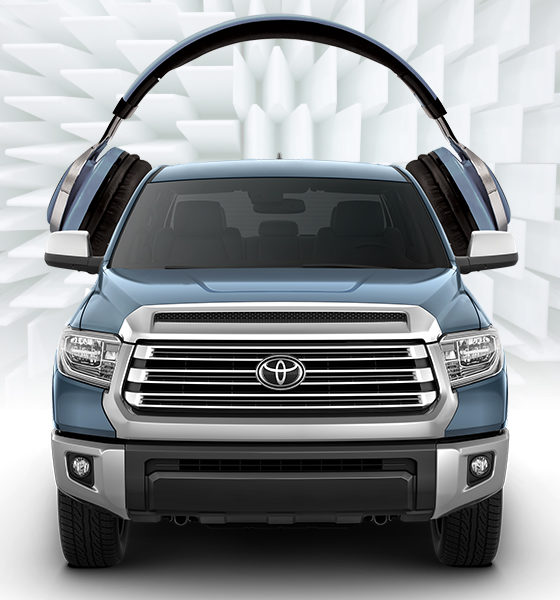
Collision Pros Magazine 2019 | ISSUE 3
2020 Toyota Corolla Hatchback
USING THE RIGHT WELDING TECHNIQUES
THE COROLLA HATCHBACK HAS ALWAYS BEEN POPULAR. This being the case, there’s a good chance one will show up at your facility in need of repair. Here’s some vital information you need to know:
- The Corolla Hatchback is built on the TNGA C platform using a mixture of adhesives, spot welding, and additional bracing to increase overall strength while reducing weight.
- The TNGA structure uses seals in its body panel gaps to insulate against noise penetration and improve air sealing performance.
- Corolla features extensive use of High Strength Steel (HSS) and Ultra High Strength Steel (UHSS), which both require special attention when repairing and welding.
- The structure is assembled using laser screw welding that fuses the steel together without requiring wire filler. A collision repair facility cannot duplicate this style of welding, so be sure to attend the welding course at one of the Toyota training centers to learn the appropriate techniques when you have to make this repair.
LOCATION OF HSS AND UHSS
The Corolla Hatchback Collision Repair Manual will show the exact location of HSS and UHSS. Go to: Introduction> About this vehicle> Structural Outline> 2020 MY Corolla Hatchback.
Both HSS and UHSS structural properties are diminished when deformed by a collision or from improper sectioning and welding. When that occurs, HSS and UHSS can no longer perform as designed, which could negatively affect occupant safety in a subsequent collision, as well as corrosion resistance.
When working on a Corolla or any Toyota or Lexus, keep the following in mind:
- Heat repair for HSS and UHSS body and frame components is prohibited: It can decrease strength and reduce corrosion resistant properties.
- Intrusion beam repair is prohibited: If damaged, they will no longer perform as intended, so complete door replacement is required.
- Bumper reinforcement repair is prohibited: Once damaged, they will no longer perform as intended, so they require complete replacement.
- HSS and UHSS occupant cabin reinforcement repair is prohibited: Again, if damaged and repaired, they will no longer perform as intended, so HSS and UHSS cabin reinforcements require replacement.
ADDITIONAL PRECAUTIONS
Know when to replace damaged body and frame components: Body and frame deformations that cannot be returned to original shape by pushing, pulling, or hammering (cold straightening) are classified as “kinks”—and kinks require component replacement.
- Deformations that can be returned to original shape by cold straightening methods are classified as “bends.”
Frame component replacement is limited to New Genuine OE Service Parts Only: Welded components may be installed using Gas Metal Arc Welding/Metal Inert Gas (MIG) techniques using ER70S3 welding wire.
- Ensure proper weld settings and penetration with practice welds.
- Do not weld over factory weld beads.
- Be sure to clean affected repair surfaces and apply epoxy primer and matching topcoat.
Because occupant safety is the highest priority, do not use the following occupant cabin reinforcement repair procedures:
- Hot and cold straightening methods
- Sectioning of 980 MPa and 590 MPa strength-rated pillar reinforcements
- Sectioning of 440 MPa rated components at locations other than those specified
Toyota conducts crash tests on the original vehicles, as well as on vehicles that have been repaired to see how they compare. Improperly repaired vehicles may not have the same strength and performance rating of new vehicles. Therefore, damaged occupant cabin reinforcements must be replaced.
Please attend instructor-led hands-on training courses for in-depth HSS and UHSS collision repair techniques and refer to the appropriate Collision Repair Information Bulletins on TIS for detailed information and precautions. It’s not just about making the vehicle look like new—it also has to perform like new in the case of another collision.
TOYOTA & LEXUS APPROVED REPAIR METHODS
- Cold Straightening: Pushing-Pulling Hammering
- Weld-On Pulling Aids
- Sectioning at Specified Locations
- Open Butt Joint
- Installing Genuine OEM Parts
- Adhesive & Weld Bonding at Specified Locations
METHODS NOT APPROVED
- Stress Relief: Heating HSS and UHSS
- Stress Relief: Holes or Access Windows
- Sectioning at Non-Specified Locations
- Butt Joint with Backing (Sleeve)
- Installing Aftermarket and Recycled Parts
- Substituting Adhesive for Weld



